Descripción
Obtenga una base sólida en los principios del pensamiento matemático mientras se prepara para el éxito en futuros estudios de Cálculo con PRECÁLCULO: MATEMÁTICAS PARA CÁLCULO, 8 edición, del exitoso equipo de autores Stewart, Redlin & Watson. Esta octava edición ofrece actualizaciones dentro de un estilo de escritura claro y sencillo que supera las típicas barreras de comprensión. Stewart, conocido por su enfoque claro y amigable, guía a los estudiantes a través de los conceptos matemáticos fundamentales que servirán como base para el cálculo.
Los textos de “Precálculo: Matemáticas Para el Cálculo” de James Stewart son obras esenciales para los estudiantes que se inician en ciencias e ingeniería, esto se debe a que están diseñados para preparar a los estudiantes para cursos más avanzados como lo es el estudio del Cálculo DIferencial, Integral o Vectorial. Este libro aborda una variedad de temas cruciales, desde álgebra y funciones hasta trigonometría. Lo que lo hace excepcional es su atención a la conexión entre los temas, destacando cómo cada área se relaciona con el futuro estudio del cálculo.
Una característica destacada es la abundancia de ejemplos y ejercicios prácticos. Stewart proporciona numerosas oportunidades para que los estudiantes apliquen y refuercen los conceptos recién aprendidos. Esto no solo consolida la comprensión, sino que también desarrolla habilidades críticas de resolución de problemas. El enfoque de Stewart en la resolución de problemas del mundo real agrega relevancia a los conceptos matemáticos. Los estudiantes no solo aprenden fórmulas y reglas, sino que también comprenden cómo estas se aplican en situaciones del mundo real, preparándolos para el enfoque más avanzado del cálculo.
Sin lugar a dudas este es un texto muy completo y con un ritmo de aprendizaje uniforme, esta octava edición introduce tanto la resolución de problemas como la modelización matemática desde el principio y enfatiza estos principios a lo largo de todo el libro con prácticas útiles y funciones de aprendizaje revisadas. Esta 8va edición proporciona una cobertura completa del concepto de función e integra el uso de la tecnología gráfica para ayudarle a desarrollar conocimientos que le ayuden a comprender mejor las ideas matemáticas actuales.
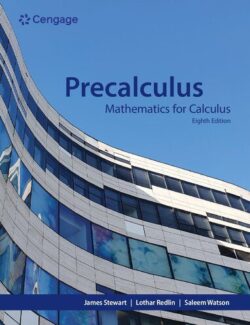




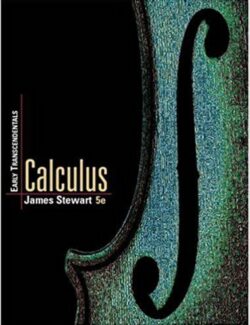



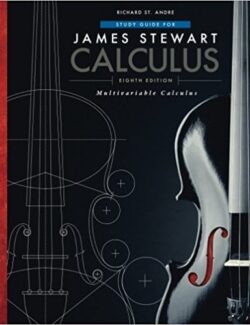
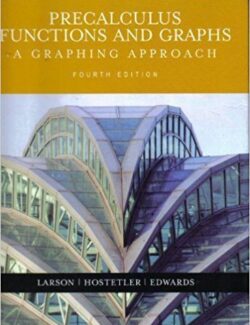
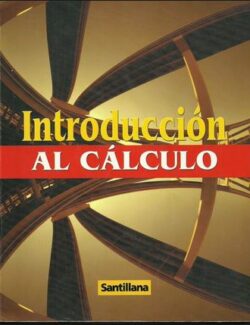
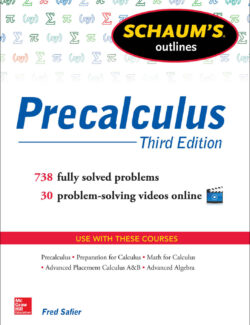
Déjanos un comentario
No hay comentarios